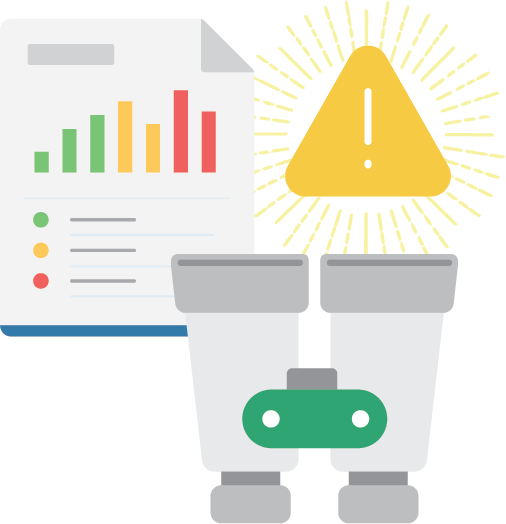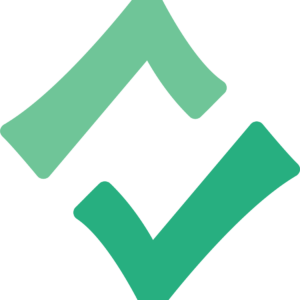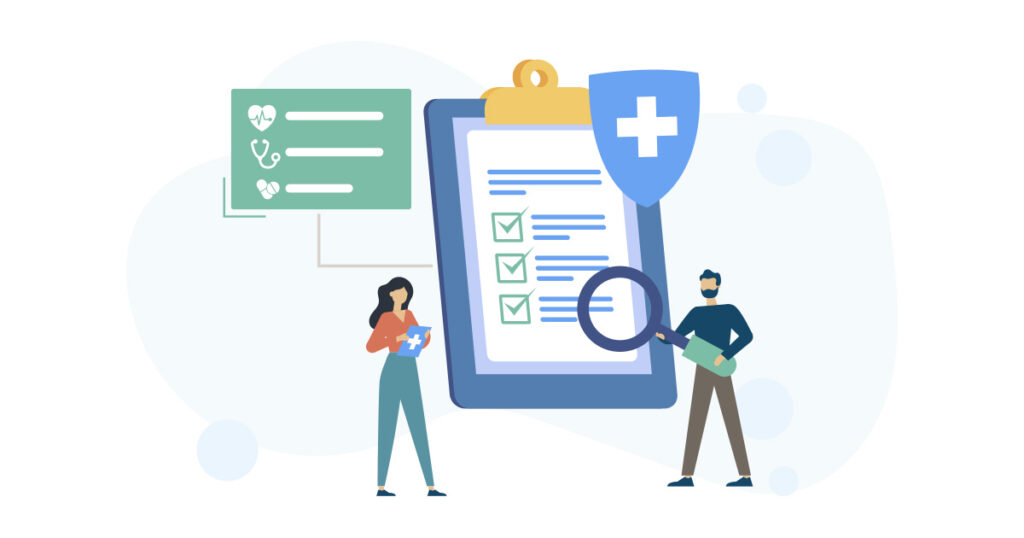Managing an audit can be challenging for some board staff, especially when they have limited resources and need to balance other board responsibilities.

Audits are completed to verify that professionals have maintained competency and other requirements to renew a professional license. Continuing education (CE) is a critical element of professional development, keeping skills and knowledge up-to-date with the latest developments in their field.
Audits are often conducted after the license renewal cycle has ended. If a professional is selected for an audit, they receive a notification to send copies of their continuing education certificates to their licensing board.
Licensed professionals should prepare for an audit by staying organized, regularly reviewing state requirements, and completing their continuing education in a timely manner. Licensing boards need to be similarly prepared. A digital CE management system reduces the time board staff spends conducting an audit and will help reduce licensing renewal delays.
The auditing process can be overwhelming for both licensed professionals and board staff. With the help of automated auditing solutions, there are options to overcome the common barriers to conducting comprehensive CE audits.
These barriers can include the following:
1. Costs
The cost of personnel, including staff time and wages, can be a significant factor in the cost of a CE audit, especially if internal staff is used to conduct the audit. If outside consultants are used to conducting the CE audit, the cost of their services can add to the overall cost. If the CE audit involves site visits or other forms of travel, transportation, lodging, or meals can add to the overall cost.
An automation solution can mitigate some of the costs associated with CE audits. By automating the CE audit process, organizations can reduce the time and personnel required to conduct the audit, leading to cost savings.
2. Staff Resources
Board and agency staff can be small and often have to juggle responsibilities and balance multiple organizational roles. Likely, the regulatory staff needs to be specifically resourced to complete an audit.
With an auditing solution, board staff can complete an audit more efficiently with the same resources currently available.
3. Skepticism
There is skepticism when implementing an auditing solution instead of manually verifying a licensed professional’s documents or credentials. How could a system be better than a board member familiar with the requirements of completing an audit?
With an automated solution, verifying your licensed professional credentials is a quicker and simpler process, with a focus on reducing human error.
4. Resistance to change
Resistance to change from healthcare providers, who may be uncomfortable with the auditing process or the new technology used to support it, can be a barrier to effective CE auditing. Using new technology to support CE audits, such as an electronic record-keeping system, may be viewed as intimidating or confusing by some healthcare providers, leading to resistance to change.
5. Data Security
Data security is an important consideration in a CE audit, as the CE audit process often involves the collection, storage, and analysis of sensitive information about healthcare providers.
Healthcare organizations must comply with regulations and standards related to data privacy and security, including the Health Insurance Portability and Accountability Act (HIPAA) and the General Data Protection Regulation (GDPR).

CE Broker’s solutions help regulatory organizations streamline the CE process and improve compliance.
Interested in learning about CE Broker’s audit solution? Click here.
Ready to see CE Broker in action? Contact our sales team.

